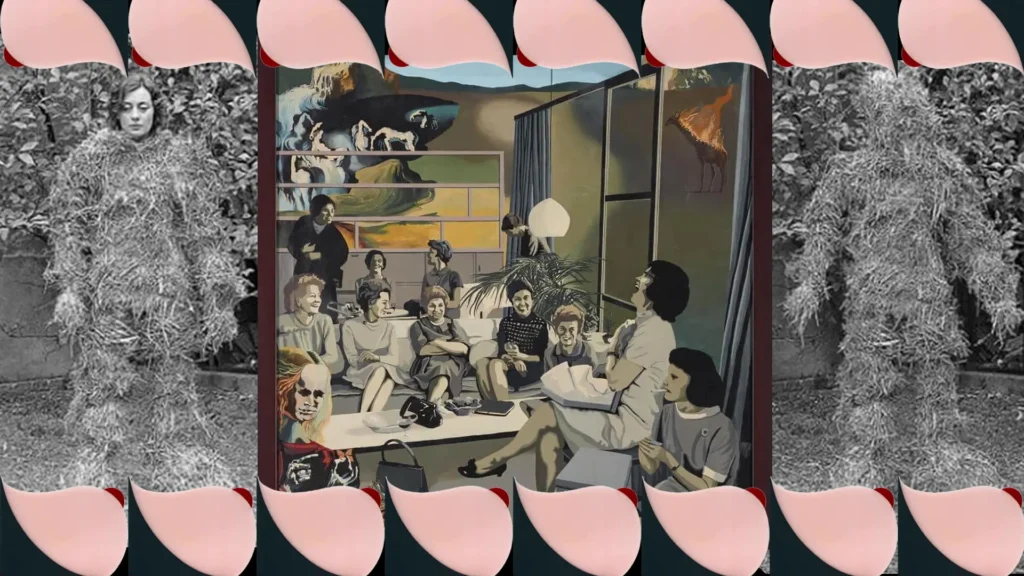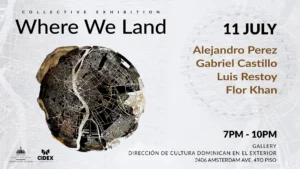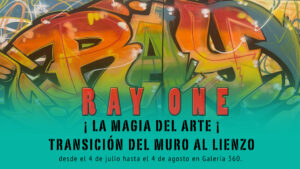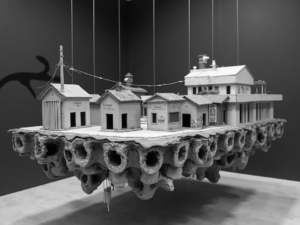In recent decades, feminist art has experienced a remarkable resurgence, emerging as a powerful force in the contemporary dialogue surrounding gender, power, and social justice. This revival not only highlights the historical importance of female voices in art but also challenges traditional narratives and seeks to create inclusive spaces that reflect a diversity of experiences.
A Context of Resurgence
Feminist art, which flourished in the 1960s and 1970s, has found new energy at a time when activism for gender equality has gained global relevance. Movements such as #MeToo and the fight for reproductive rights have revitalized interest in the works of feminist artists, both past and present. This new wave of feminist art not only revisits historical struggles but also addresses contemporary issues such as gender-based violence, media representation, and intersectionality.
Challenging the Canon
One of the most significant aspects of the resurgence of feminist art is its ability to challenge the traditional art canon. Artists like Judy Chicago, with her iconic work “The Dinner Party,” and Cindy Sherman, known for her provocative self-portraits, have been reevaluated not only for their aesthetic contributions but also for their role in constructing a critical discourse on patriarchy. This critical reassessment allows for a reevaluation of dominant artistic narratives and underscores the need for more equitable representation.
Art as Activism
Contemporary feminist art is also characterized by its focus on activism. Many artists use their platforms to highlight injustices and promote social change. Works by groups like the Guerrilla Girls, which address inequality in the art world, and artists like Tania Bruguera, who use art as a tool for protest, are clear examples of how art can serve as a vehicle for political action.
This intersection of art and activism not only strengthens the messages of the works but also fosters the creation of supportive communities advocating for real change. Exhibitions and collaborative projects have created spaces where art becomes a means of empowerment and visibility.
Relevance in Contemporary Dialogue
The resurgent feminist art movement is vital in the contemporary dialogue about gender and power. As issues of identity and representation gain prominence, feminist art offers a platform to explore the complexities of female experience and intersections with other identities such as race, class, and sexual orientation.
Moreover, the growing presence of feminist artists in international exhibitions and significant collections underscores the relevance of these voices in today’s artistic landscape. This recognition not only enriches the art world but also promotes critical reflection on the power structures that have historically marginalized women and other groups.
Conclusion
The revaluation of feminist art represents a fundamental transformation in both the artistic and social realms. Through its emphasis on inclusion, activism, and critique, feminist art continues to challenge established norms and foster essential dialogue about gender and power. At a time when equality remains an active struggle, feminist art not only resonates in the present but also paves the way for a more equitable and just future.









